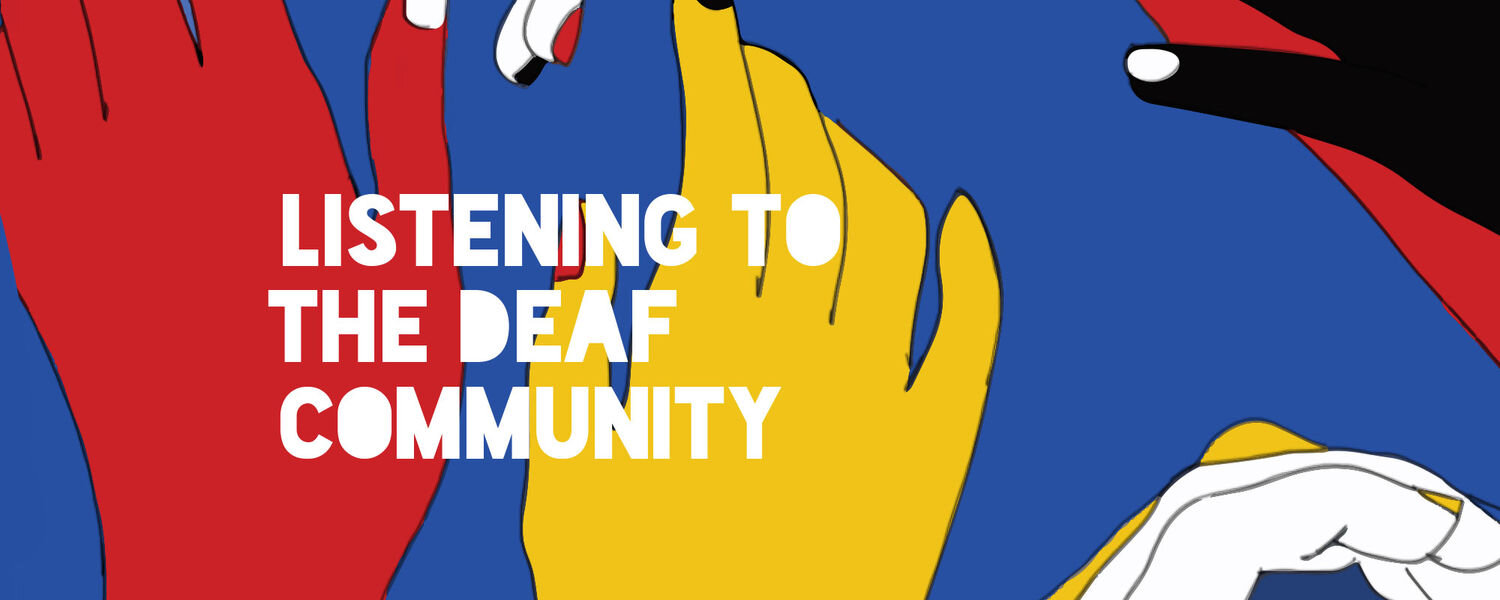When Richard Costes, BA ’06, talks about his first day at a school for deaf children, he describes a room filled with young children crying, trying desperately to be understood, while he sat in a corner playing alone. On his second day, he walked up to his teacher and asked, “Will you play with me?”
The teacher scooped him up, marched down the hall and into the administrator’s office and called his parents. When they arrived, the teacher said, “This child can speak. He is too smart to be here with all of these other deaf kids.”
That one sentence, suggesting that deaf people weren’t smart, stuck with him.
Mr. Costes was born deaf, but grew up in a hearing environment. He told himself he wasn’t deaf. He refused to learn sign language—an attitude that was supported by his school, which prioritized speech. He also declined any assistance in the classroom and his grades often suffered as a result.
“That’s a lot of self-loathing for a big part of your identity,” he says. “It wasn’t until college, when I took an ASL (American Sign Language) class—because I thought it would be easy—that I realized how wrong I was.”
Feature originally appeared in Kent State Magazine.
